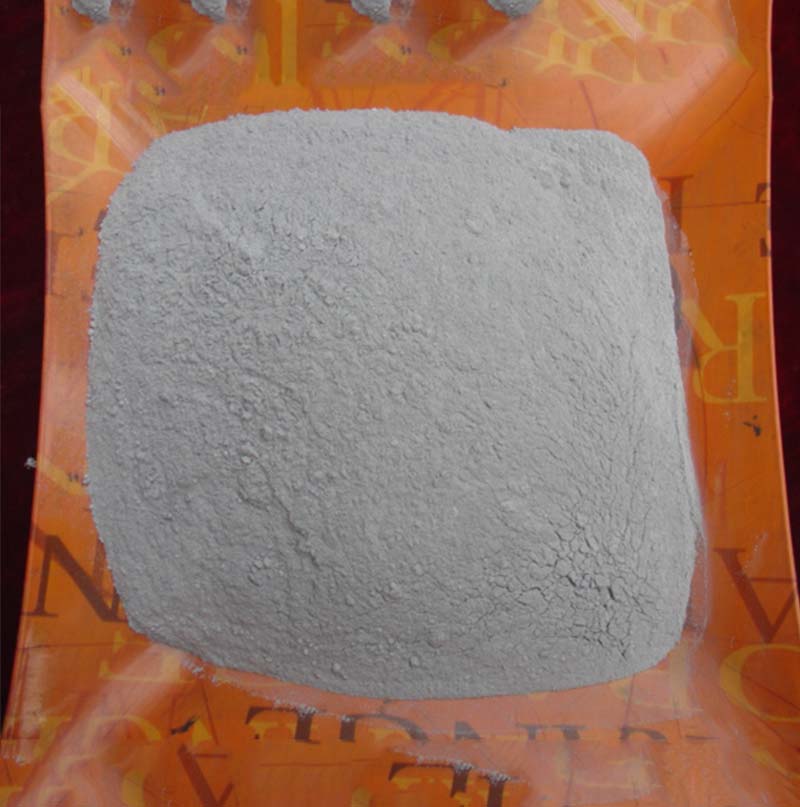What Are the Control Measures for Dust?
The first dust control measure that should be considered is implementing engineering controls. Engineering controls involve modifying equipment, processes, or structures to minimize dust generation at the source. This proactive approach aims to prevent dust from becoming airborne in the first place, thereby reducing exposure to workers and the surrounding environment. Examples of engineering controls include:
Enclosures and Confinement
Enclosing processes or equipment that generate dust can effectively contain the particles and prevent their dispersion into the air. This can be achieved through the installation of physical barriers, such as walls or curtains, around dust-producing machinery or work areas. Additionally, using enclosed transfer systems, such as chutes or conveyor belts with covers, can minimize dust emissions during material handling operations.
Ventilation Systems
Proper ventilation is essential for controlling dust in indoor work environments. Local exhaust ventilation systems capture airborne dust at the source and remove it from the air before it can disperse into the surrounding area. These systems typically consist of hoods, ductwork, and fans that draw contaminated air away from workers and discharge it outdoors or through filtration systems.
Dust Suppression Techniques
Dust suppression techniques involve applying substances or treatments to surfaces or materials to reduce dust emissions. This may include the use of water sprays, foam, or chemical dust suppressants to bind dust particles together and prevent them from becoming airborne. These techniques are particularly effective in outdoor settings, such as construction sites or mining operations, where large amounts of dust are generated.
"NFJ- Dust Suppression Agent" developed by Beijing Jinke Composition Material Co., Ltd. is a new type of environmental protection dust prevention product developed for dust pollution such as pulverized coal, silt and fine sand. After the product is evenly sprayed on the surface of goods liable to raise dust, forming a surface solidified layer can effectively prevent dust pollution, which is of great significance for improving the quality of atmospheric environment and reducing the index of inhalable particles in the air.
Equipment Modifications
Modifying equipment or machinery to minimize dust generation can significantly reduce exposure risks. This may involve retrofitting existing equipment with dust collection systems, installing dust seals or shrouds on rotating components, or using wet methods, such as water misting or wet cutting, to control dust during material processing activities.
Process Optimization
Optimizing work processes can also help mitigate dust emissions. This may include adjusting operating parameters, such as reducing production speeds or modifying work practices to minimize dust generation. Implementing efficient material handling procedures, such as using enclosed transfer systems or automated equipment, can further reduce the likelihood of dust exposure.
Training and Education
Finally, providing comprehensive training and education to workers on the hazards of dust exposure and the importance of implementing control measures is essential. Workers should be trained on proper dust control techniques, use of personal protective equipment (PPE), and procedures for reporting hazards or concerns related to dust exposure.
By prioritizing engineering controls as the first line of defense against dust exposure, organizations can effectively minimize health risks and create safer and healthier work environments for their employees.


